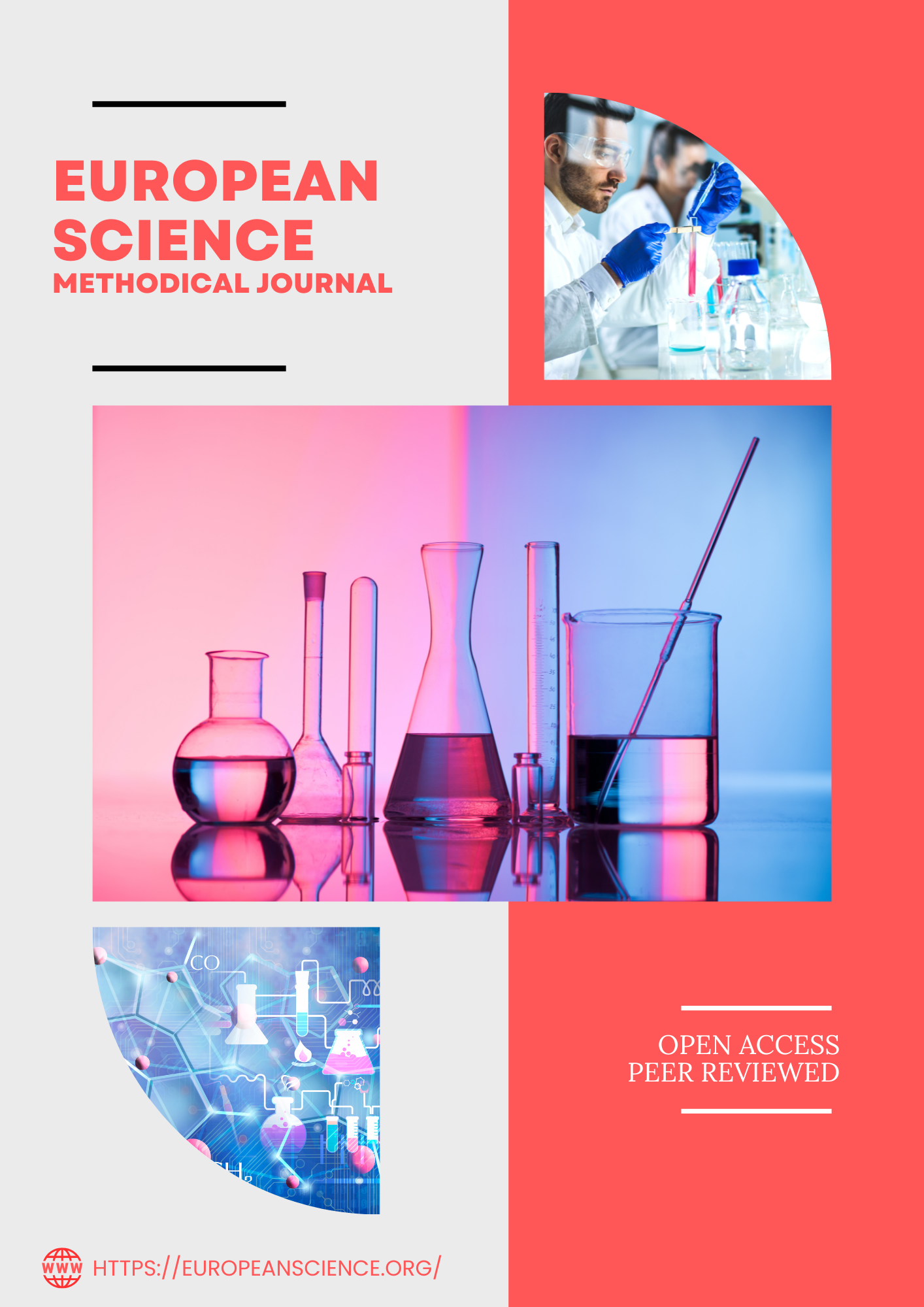BIOSYNTHESIS OF CUO, AND ZNO NANOPARTICLES USING LACTOBACILLUS PLANTARUM BACTERIA FOR ANTICANCER ACTIVITY
Keywords:
Biosynthesis, nanoparticles, crystallite, cytotoxicity, anticancer.Abstract
Biosynthesis of copper oxide and zinc oxide nanoparticles by sustainable and environmentally friendly procedure using Lactobacillus plantarum bacteria as a reducing and capping agents. The biosynthesized nanoparticles were characterized using different techniques. XRD results demonstrated that the synthesized CuO crystals possessed a tenorite monoclinic phase with an average crystallite dimension of 24.78 nm, while ZnO formed hexagonal wurtzite crystals of 27.41 nm length. SEM analysis showed that CuO nanoparticles existed as quasi-spherical shapes while ZnO nanoparticles displayed hexagonal rod-like structures that matched their crystal arrangements. The EDS analysis showed both nanoparticles contained high-purity elements while they harbored only minimal bacterial remnants. The MTT assay was utilized to evaluate the anticancer activity of CuO/ ZnO nanoparticles against K562 erythroleukemic cells with normal human fetal fibroblast (HFF) cells serving as controls. The biosynthesis of metal oxide nanoparticles showed potential cancer therapy options for erythroleukemic conditions where CuO nanoparticles proved superior anticancer efficacy compared to ZnO nanoparticles. The CuO nanoparticles exhibited good cytotoxicity against cancer K562 cells with an IC50 value of 135.46 μg/ml, whereas, ZnO nanoparticles exhibited a moderate activity showing an IC50 of 438.23μg/ml. Notably, CuO/ZnO nanoparticles displayed selective cytotoxicity against cancer K562 cells and minimal cytotoxicity against normal HFF cells, where the viability rates stayed above 65% even when high concentrations were applied. This selective targeting ability is credited to the variability in the functionality of a membrane, metabolic rates, and antioxidant defense mechanisms between cancer and normal cells, plus the formation of protein layers of corona on the surface of the nanoparticle.
Downloads
Published
Issue
Section
License

This work is licensed under a Creative Commons Attribution-NonCommercial 4.0 International License.















